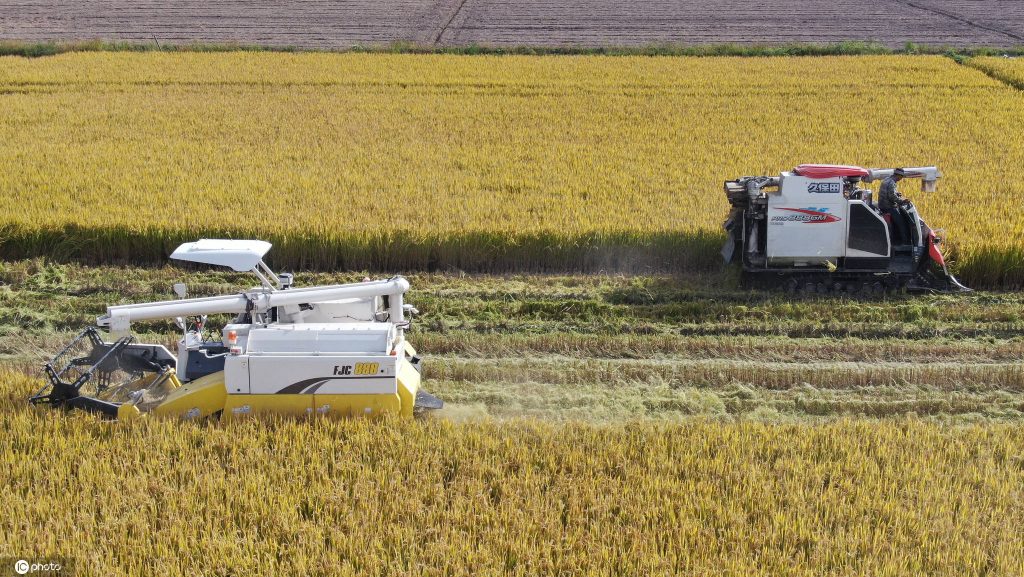The combine harvester is a symbol of modern agriculture’s efficiency and productivity. This powerful machine combines the processes of reaping, threshing, and winnowing in a single operation, dramatically reducing the time and labor required for harvesting. In this article, we will delve into the remarkable capabilities of the modern combine harvester and its impact on agriculture.
The history of the combine harvester dates back to the early 19th century when it was initially developed to address the labor-intensive process of grain harvesting. Over the years, it has evolved significantly, incorporating innovations such as self-propelled designs, larger harvesting headers, and advanced threshing mechanisms.
Today’s combine harvesters are equipped with cutting-edge technology, including GPS-guided systems, yield monitoring, and automated controls. These features enable farmers to maximize their harvest efficiency, minimize grain losses, and reduce fuel consumption. Furthermore, they allow for precise data collection, aiding in farm management decisions for subsequent planting seasons.
The modern combine harvester has played a crucial role in increasing the global food supply and ensuring food security. It allows for the rapid and efficient harvesting of large fields, making it an indispensable tool for modern agriculture. As technology continues to advance, we can expect even more innovations in combine harvester design, further enhancing its efficiency and sustainability.







Please sign in to comment
register